This the last chapter in my experiencing these early consumer cameras. It has been quite an enlightening exercise and demonstrates what the simplest of equipment can produce. It has also given me an idea of the impact these basic cameras must have had in the late 19th and early 20th centuries.

In my first post about the Brownie 2A I had discovered that the faded red window and the small gap along the sides of the 120 film’s length might be the cause of the fogging I had experienced. After some head scratching, I decided that a mask and taping the red window between wind-ons, to be done in shade, might eliminate the problem.
The solution
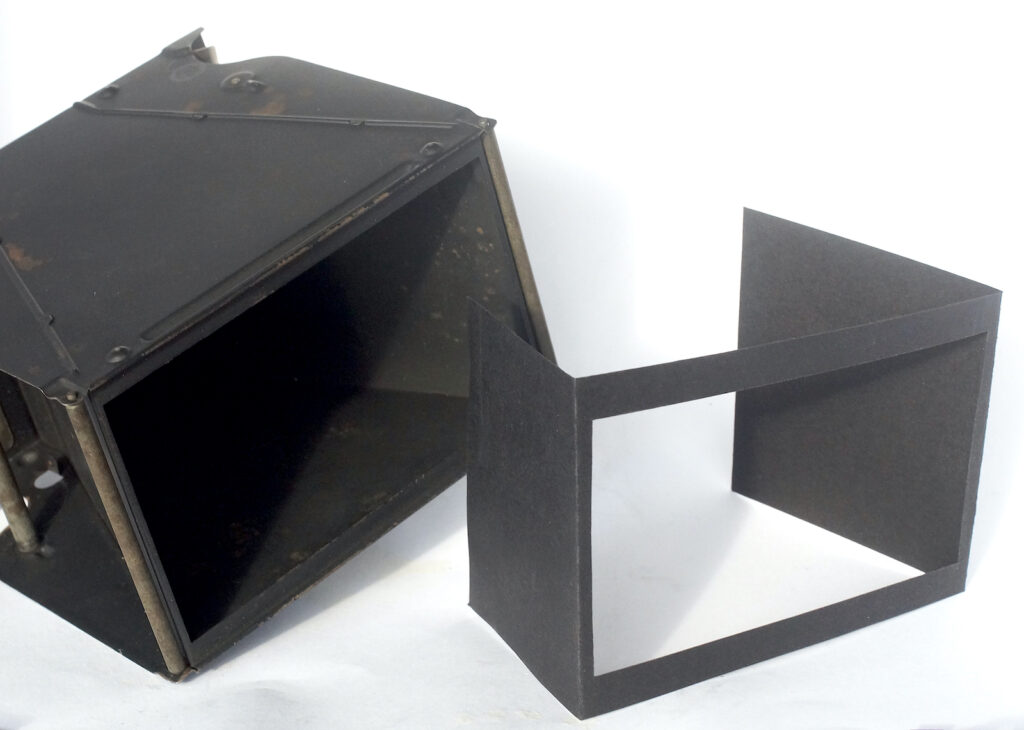
Making a mask was a simple matter with some thin card and double sided tape. The card sits below the film path and so would make no difference to the focus.
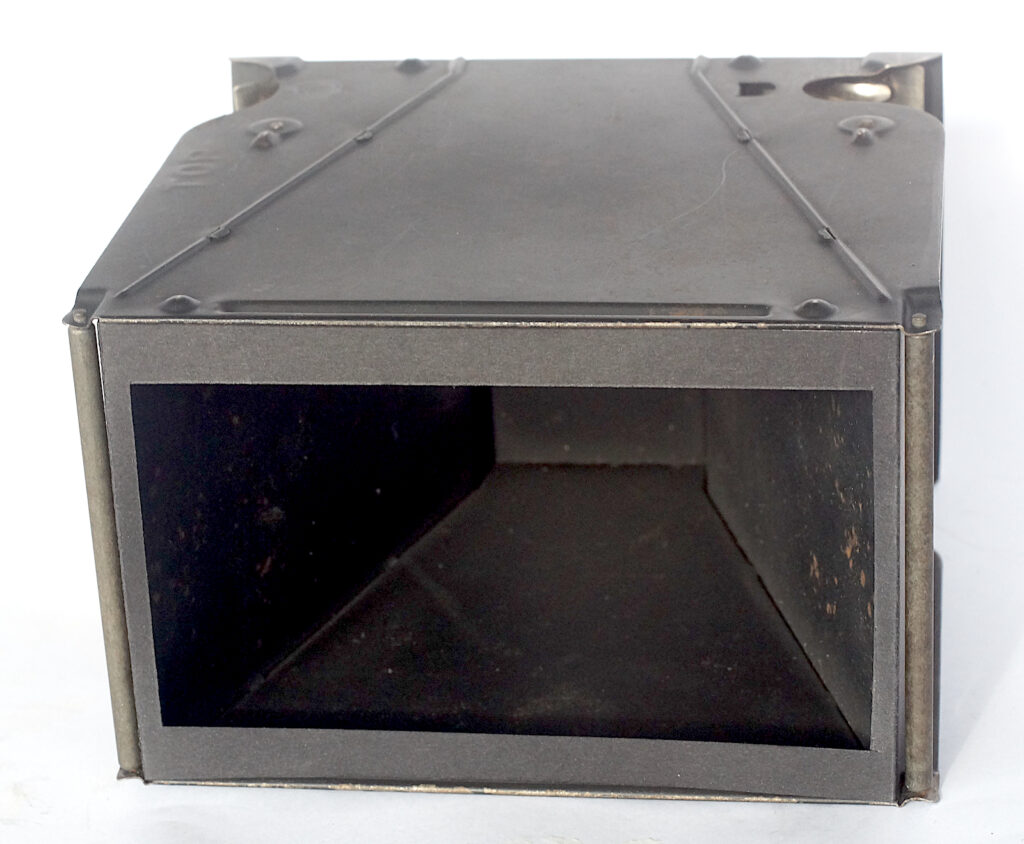
Based on the first results and so that I could use the smaller apertures I decided to use Rollei Superpan 200 film. This would need a base Sunny 16 exposure 2 stops reduced at a shutter speed of 1/50th sec, so f22 with a 2x yellow filter to maximise depth of field and give good contrast. Stronger filters can also be used, orange on f16 and red on f11.
Results
These frames from the second film were taken at home or off my balcony. The weather has been dreadful recently I’m afraid. The mask and care with winding on seems to be the answer to the fogging. There is some along the film margin and the worst on the last frame when I mustn’t have been as careful winding off.
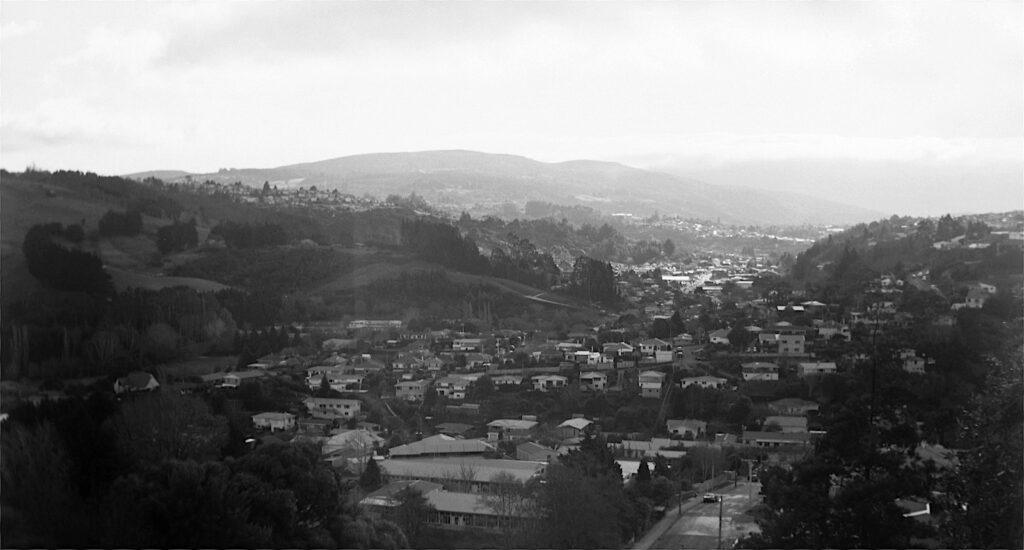
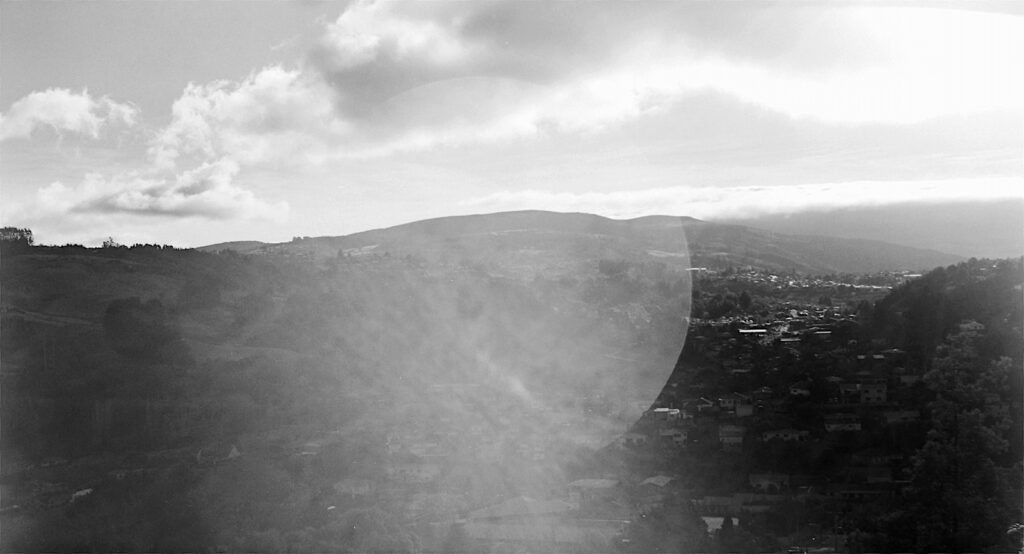

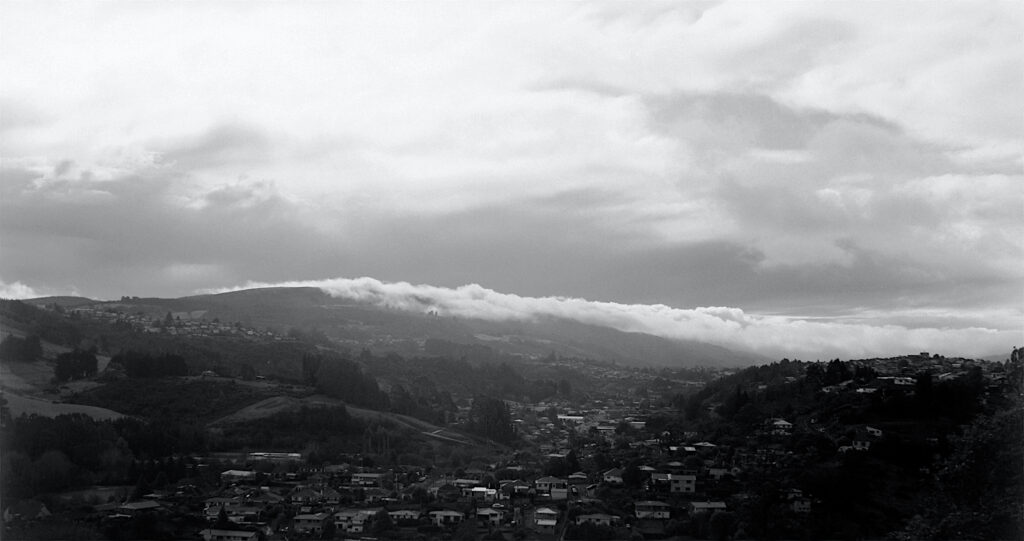
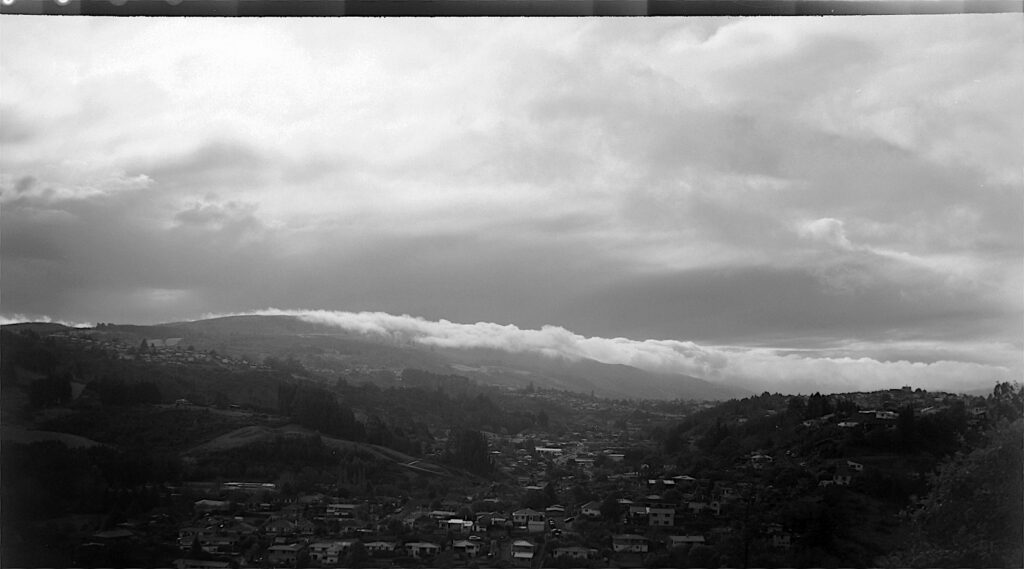
The film number window is still a problem and will have to be replaced.
In final conclusion
As I have already said, using this camera with 120 is mostly an academic exercise for me and it will not replace my 6×12 for that format, even though it is close at 5.6cm x 11cm on 120. If I didn’t have that other camera though it would be a viable alternative. The achromat lens is a step above the usual simple meniscus found on these types of camera, especially stopped down. The feature image is an approximate 60% cropped section with basic tone and mild sharpening applied.
Share this post:
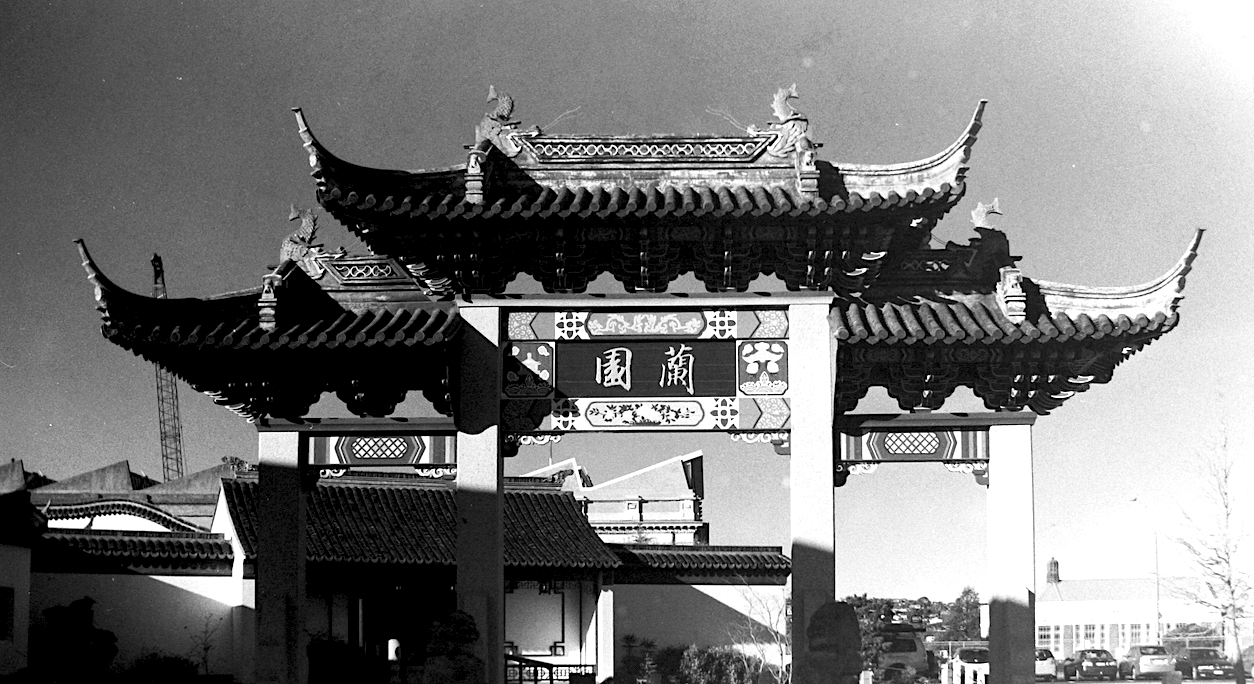
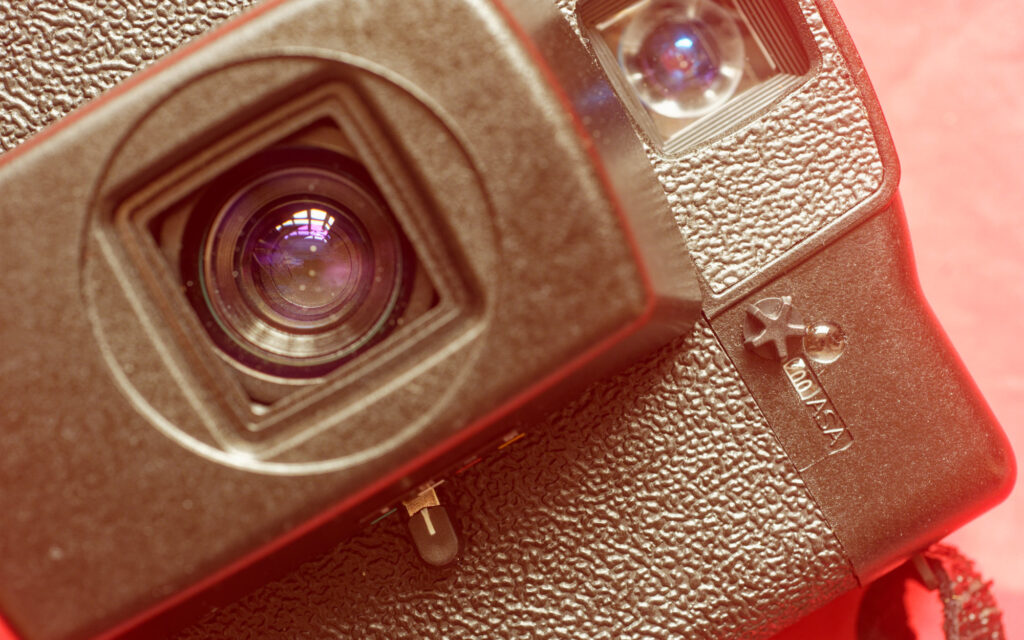
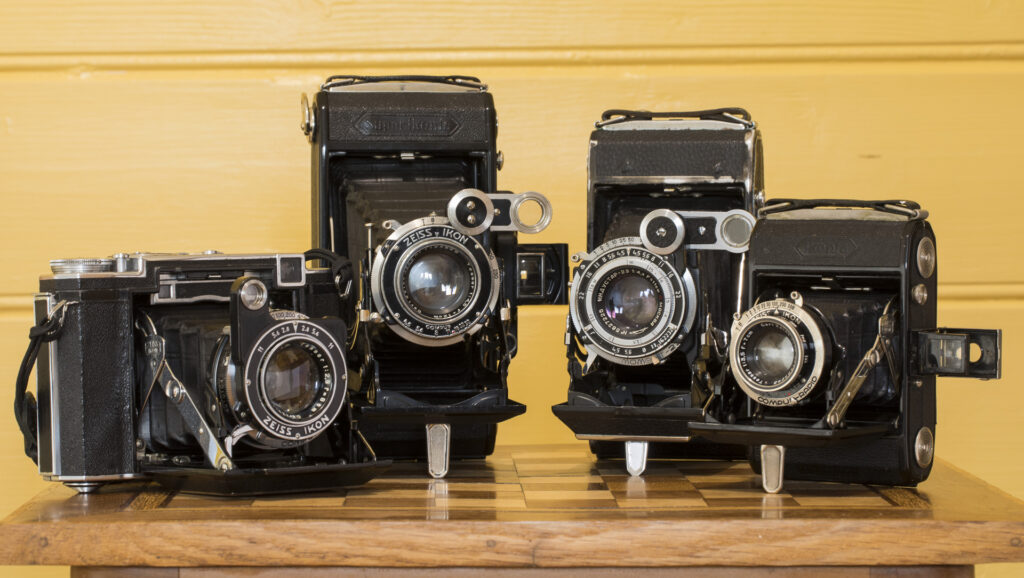
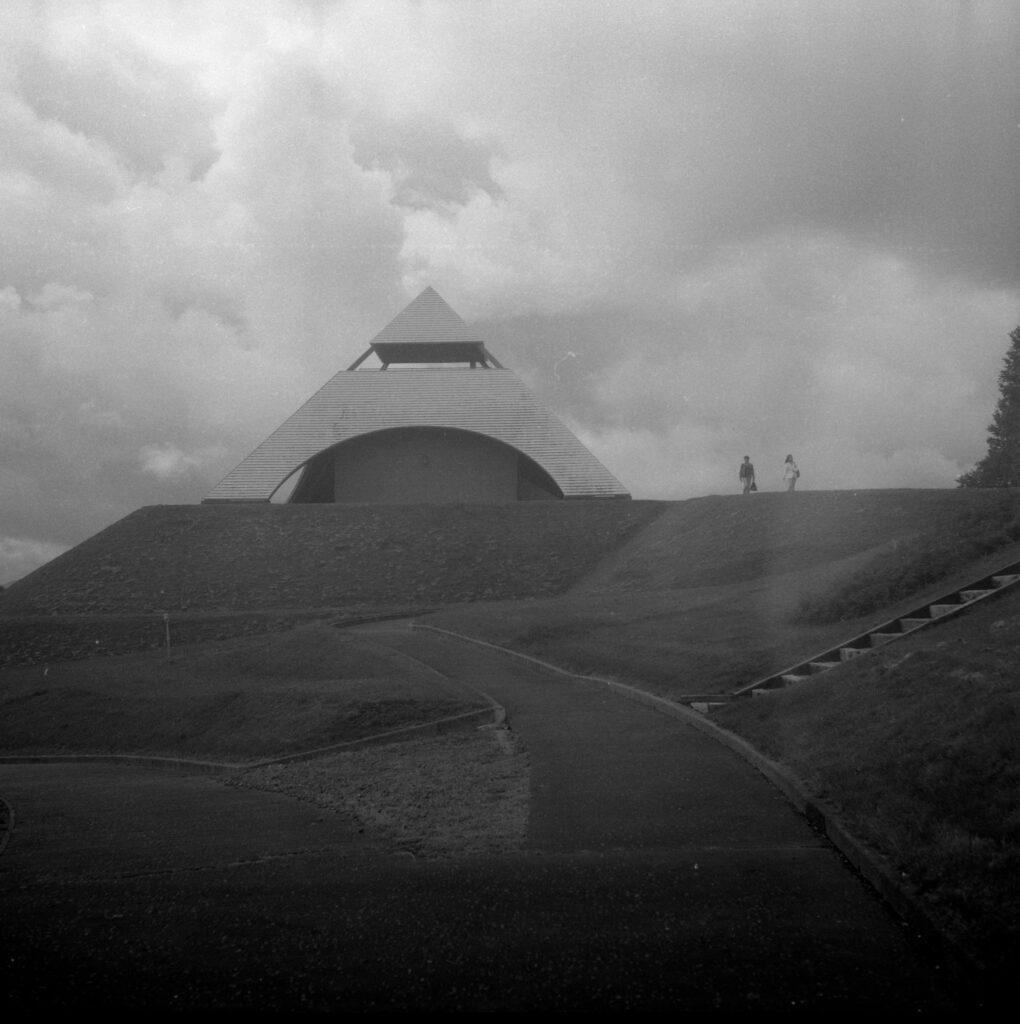
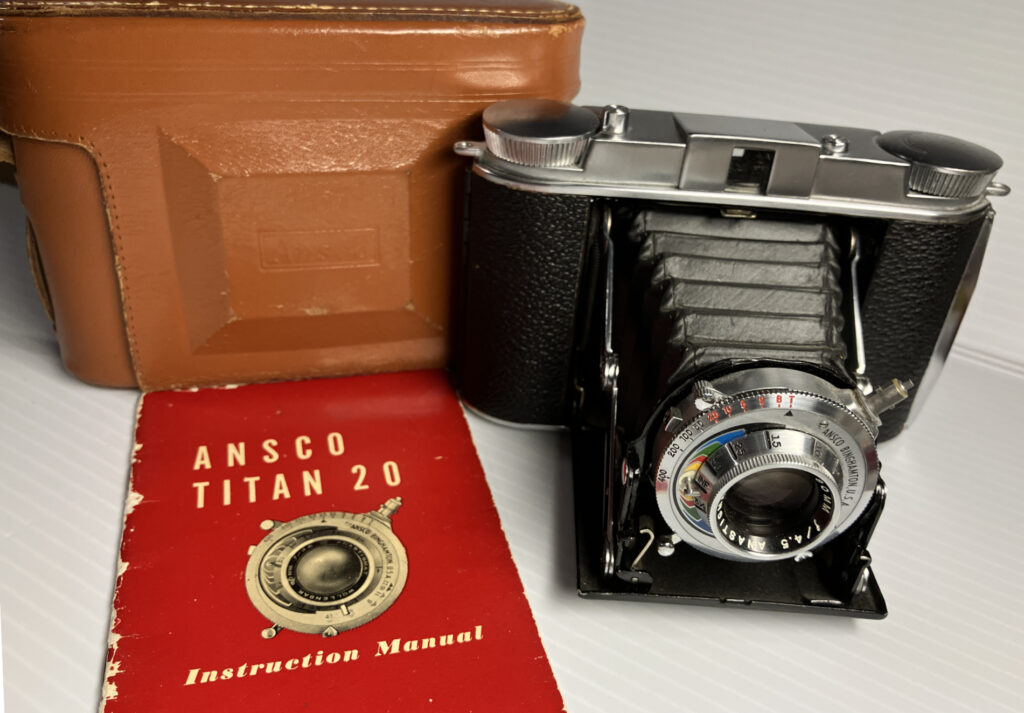
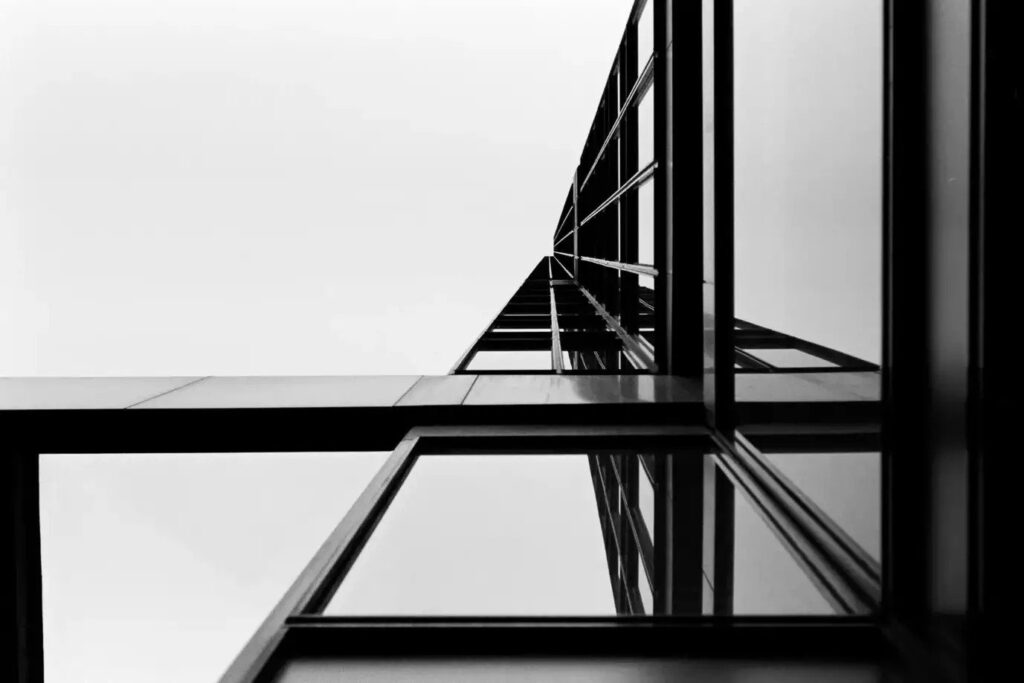


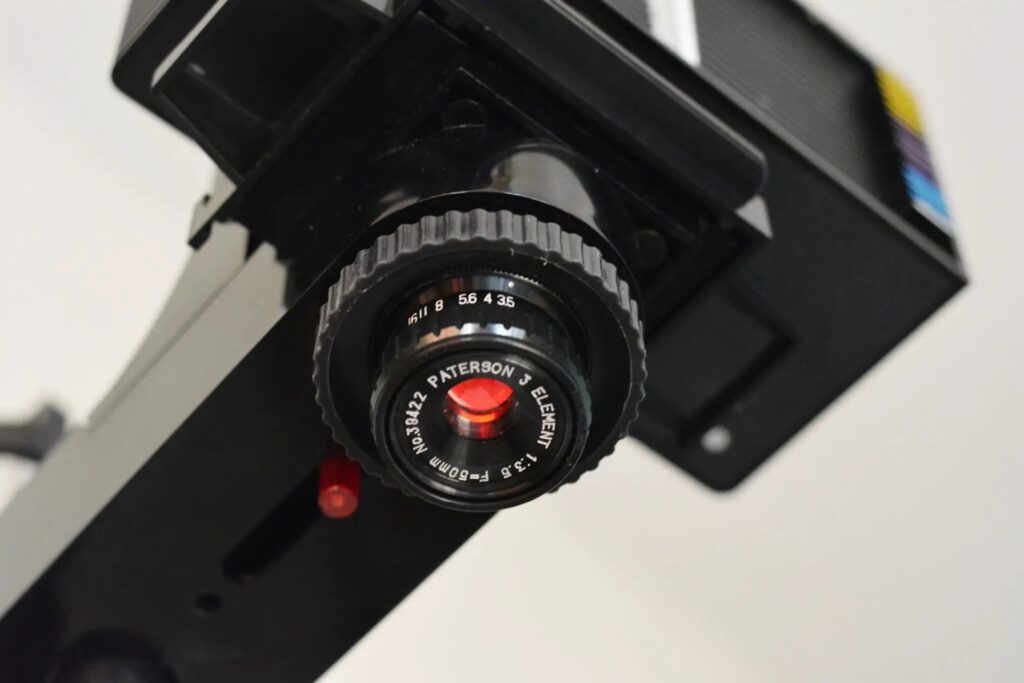
Comments
Geoff Chaplin on Brownie 2A – a final follow up.
Comment posted: 28/08/2025
Comment posted: 28/08/2025
Scott Ferguson on Brownie 2A – a final follow up.
Comment posted: 28/08/2025
I had an issue with a light leak on one of my Hasselblad film backs, and there's nothing like a bit of camera tape for situations like that. I'm even more impressed with your engineering of the internal mask, again with the simplest of materials.
I like shooting vintage cameras, but my sweet spot so far seems to be post WW2 to early 1970's.
Best,
s
Comment posted: 28/08/2025
Jeffery Luhn on Brownie 2A – a final follow up.
Comment posted: 28/08/2025
It's fun to read about such old cameras and see results from them. I have loads of family photos taken with such cameras in San Francisco in the early 1900s by my grandfather and great uncle. Not many negatives survive, but hundreds of contact prints remain. I've shot photo paper in a few of the old box Brownies with some success. It's a nice feeling to pay homage to cameras that brought photography into the hands of hundreds of thousands of people. Where would we be without those devices? Thanks!
Comment posted: 28/08/2025
Gary Smith on Brownie 2A – a final follow up.
Comment posted: 28/08/2025
He shot paper rather than film but because he built the camera to accept large format film holders, shooting film would be a cinch.
It really is gorgeous, and I want one....
https://www.youtube.com/watch?v=xeFkBhoW7DA
Comment posted: 28/08/2025
Comment posted: 28/08/2025
Comment posted: 28/08/2025
Comment posted: 28/08/2025
Comment posted: 28/08/2025
Ibraar Hussain on Brownie 2A – a final follow up.
Comment posted: 29/08/2025
I highlighted your series in the September newsletter (publishing Sunday)
Comment posted: 29/08/2025
Alexander Seidler on Brownie 2A – a final follow up.
Comment posted: 30/08/2025
Comment posted: 30/08/2025